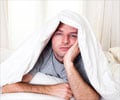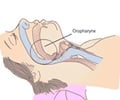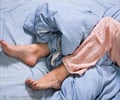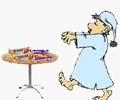Exposing people to odors, which they associate with bad memories, as they sleep could help them lose the fear of those memories, a new study has found.
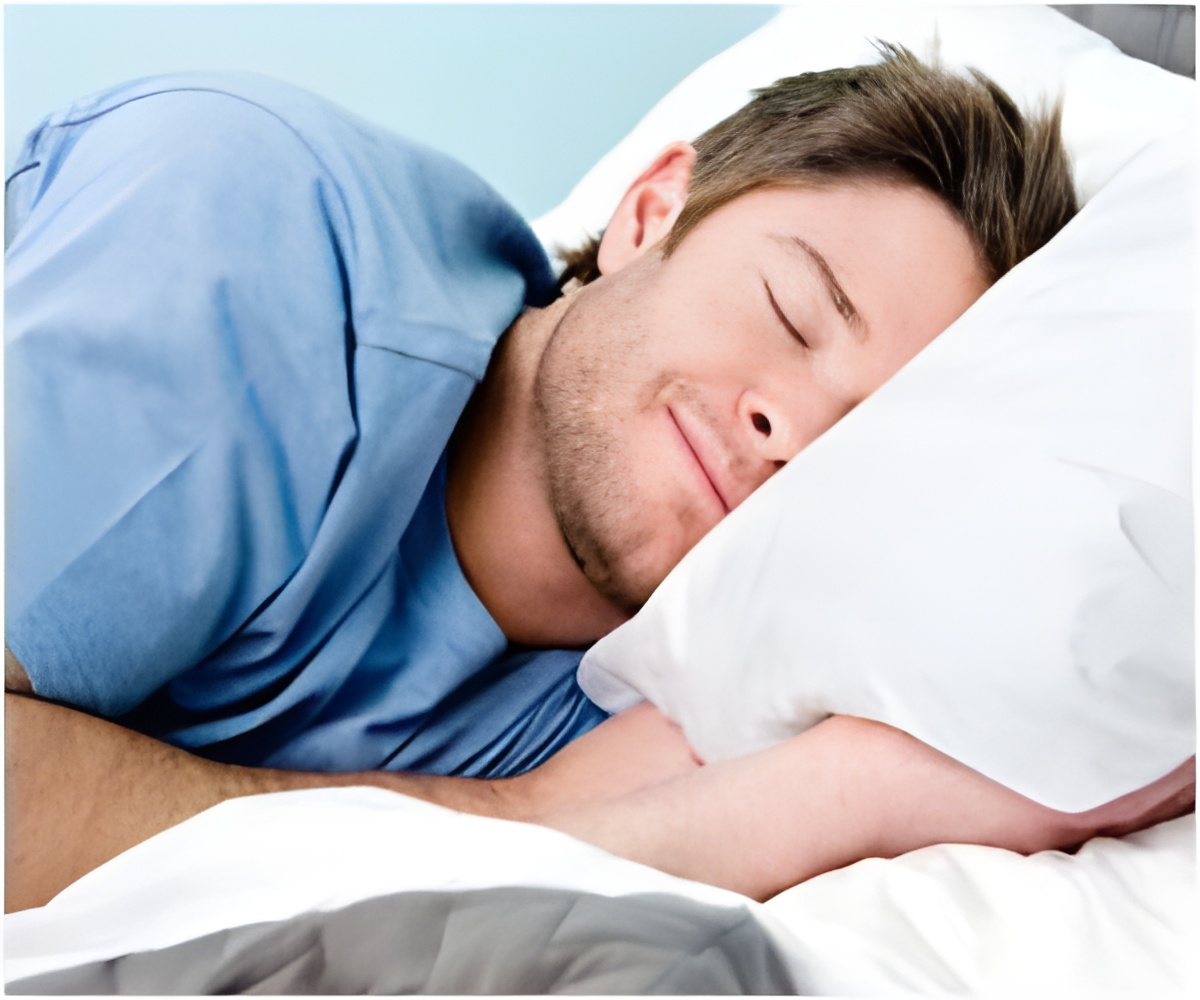
When one of the faces appeared, the volunteers were given a painful electric shock so that they get scared.
Then the researchers measured the amount of electricity conducted by the subjects' skin - a measure that goes up when afraid, because the sweat produced is a good conductor. The researchers found that conductance spiked whenever the volunteers saw the face associated with the shock.
They then let half the subjects sleep, and exposed this group to variable amounts of the odour that had been presented along with the "painful" face. The next day, these volunteers were much less afraid of the face - and those with the least fear were those that had received the highest exposure to the odour while asleep.
Brain scans also showed that brain areas associated with fear and with memory were less active after this exposure.
The other group of subjects stayed awake while they received pulses of the odour associated with the "painful" face. Unlike the sleeping group, however, these volunteers became more afraid of the face with greater exposure to the odour.
Advertisement
But, according to Hauner, a clue may lie in reports from the awake volunteers, who said they saw the face in their minds every time they smelled the odour.
Advertisement
Hauner's team presented their study at the Society for Neuroscience conference in New Orleans, Louisiana, last week.
Source-ANI

